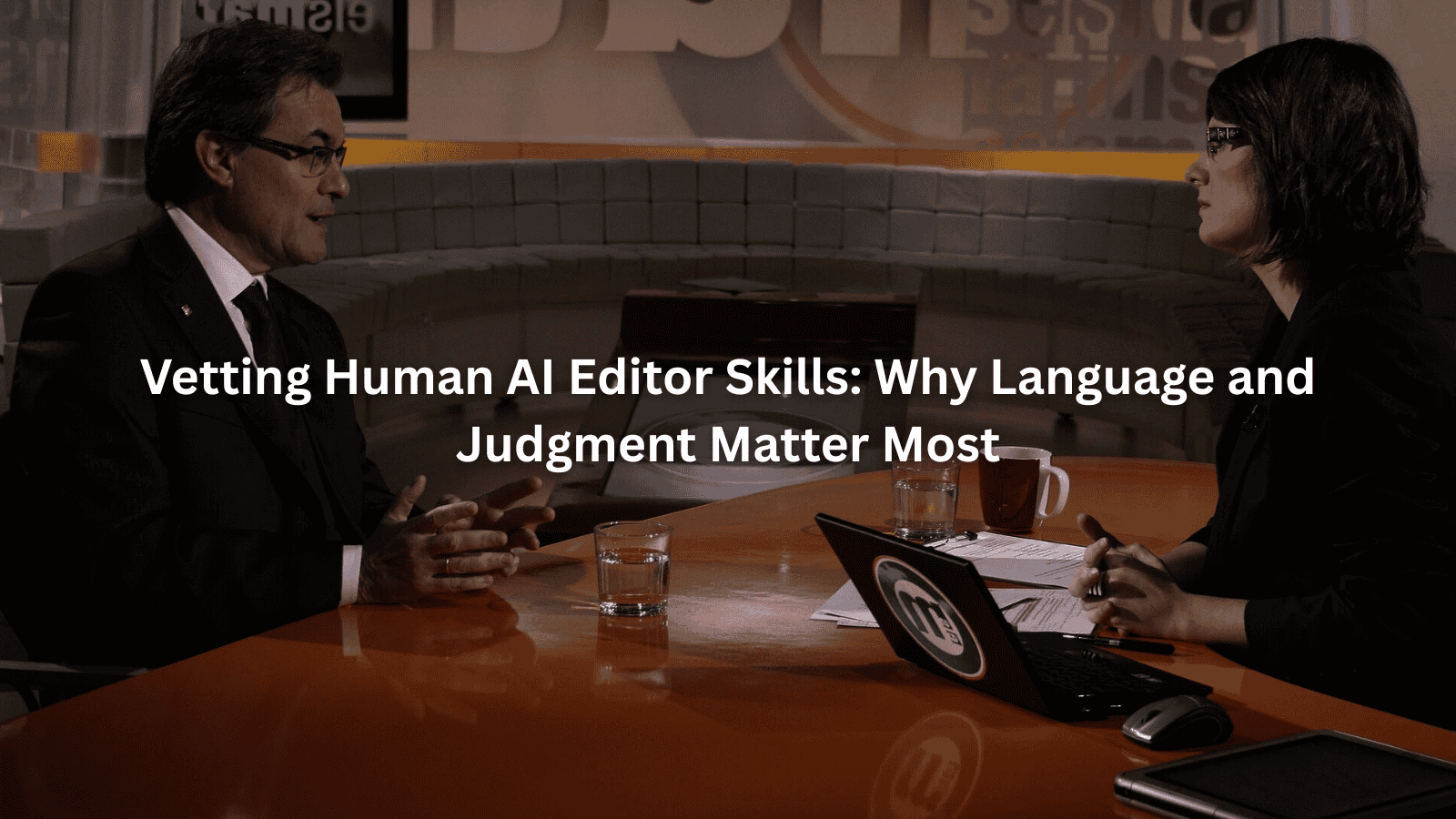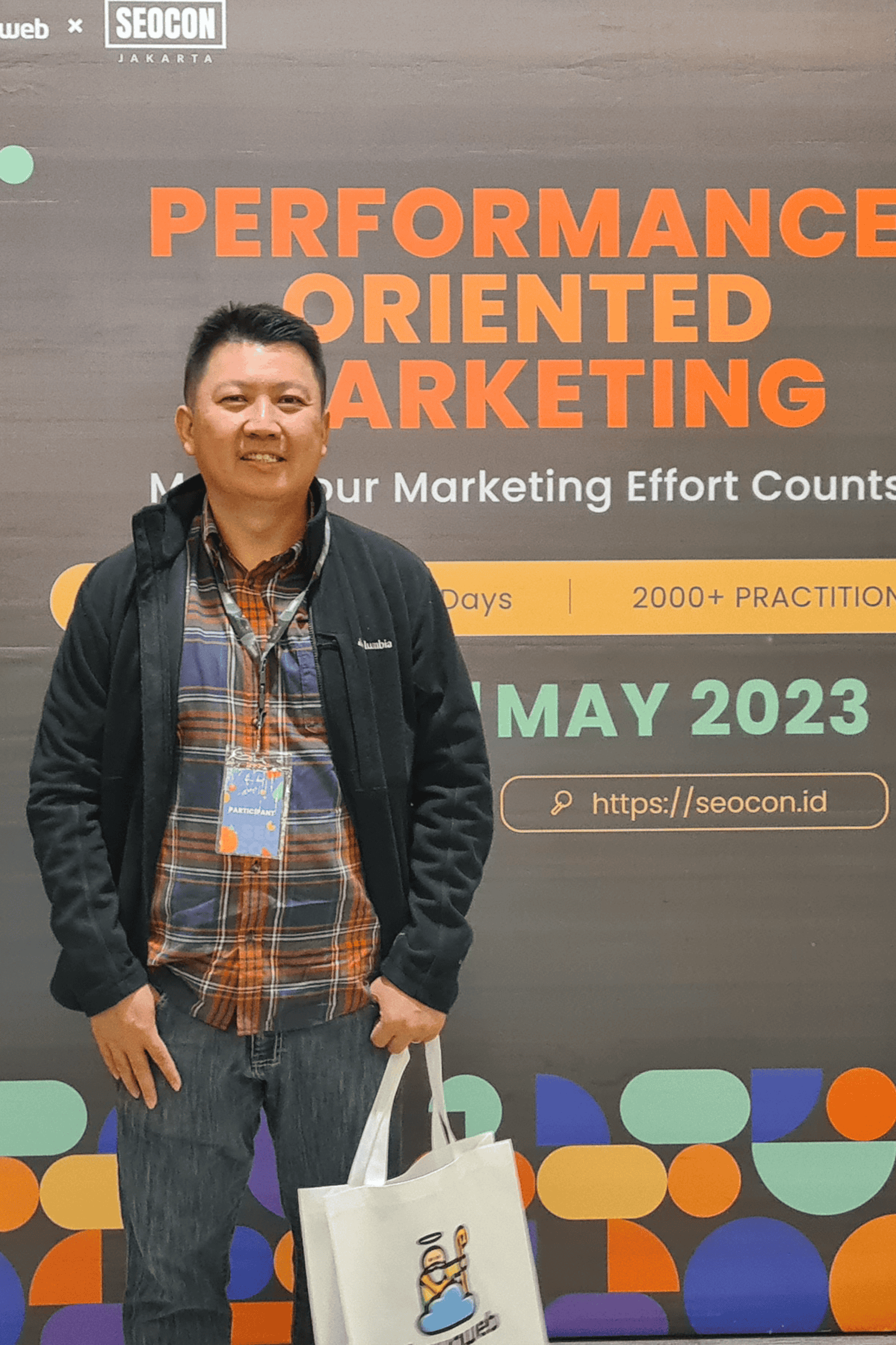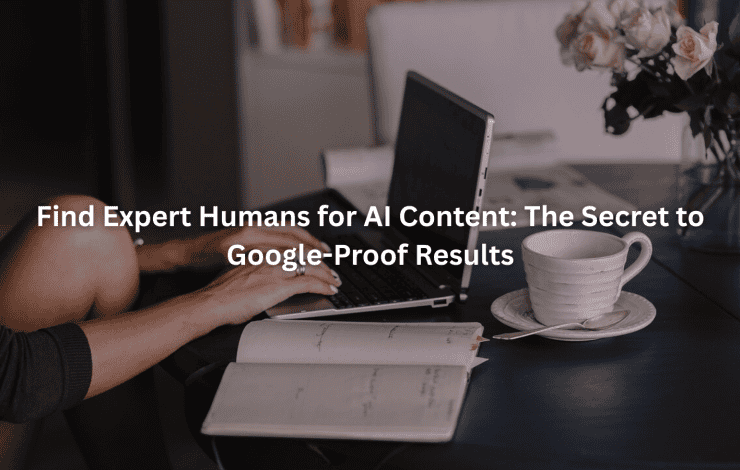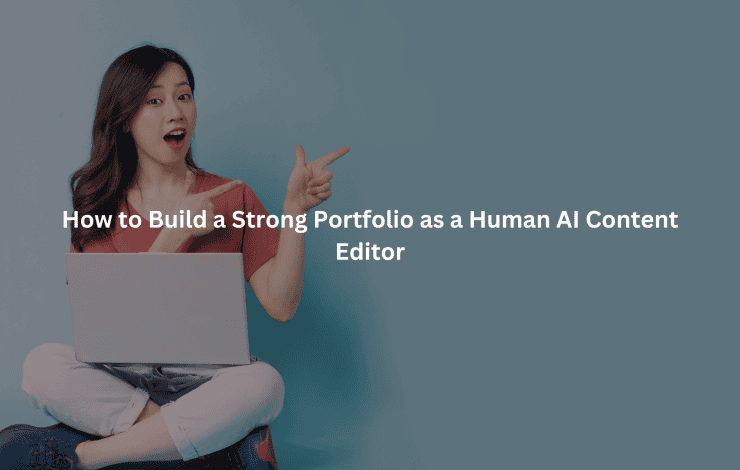Use plain language, stay sharp, and remember, good editing keeps the story honest. What we’ve learned at Jet Digital Pro is that vetting human AI editor skills is about more than ticking boxes. It’s about finding people who can spot what machines miss, keep up with shifting tech, and make sure the content feels right for real readers. This process is how we build trust in every paragraph we deliver.
Key Takeaways
- Language proficiency and editorial judgment are the backbone of dependable AI editing.
- Tool knowledge, adaptability, and ethical thinking separate great editors from average ones.
- Ongoing training and honest feedback help maintain high editorial standards and content safety.
Core Competencies for Human AI Editors
The first thing we notice when reviewing AI-edited content is how easily awkward phrasing slips through. Sometimes it’s small, maybe a misplaced comma or a word choice that sounds just off. Other times the issue is bigger, like a fact that’s almost right but not quite, or a tone that feels robotic. That’s where human editors show their value. [ 1 ]
Language Proficiency and Editorial Accuracy
A human AI editor needs to own language, grammar, syntax, and style should feel second nature. We look for editors who can switch tones for different audiences, whether it’s a formal report or a playful listicle. In our own work at Jet Digital Pro, we test this by giving editors content with subtle errors, seeing how many they catch and how they explain each fix.
But it’s not just about proper English. AI-generated text often introduces odd errors, tense shifts, repetition, or context mismatches. Editors must spot and correct these, even when spellcheck doesn’t flag them. We’ve found that the best editors almost have a sixth sense for what “sounds right” and what doesn’t.
Proficiency with AI Editing Tools
You can tell pretty quickly if someone’s truly comfortable using AI editing tools.. Editors should be comfortable with platforms like GPT or common grammar checkers, understanding not just how to use them, but what their limitations are. At Jet Digital Pro, we expect our editors to know when to trust an AI suggestion and when to ignore it. It’s a skill built over time, trial, error, and learning from both.
We often ask candidates to describe their workflow: How do they use tools? Do they integrate them into larger CMS systems? Can they troubleshoot when the AI outputs nonsense? A good editor adapts, never just clicks “accept.”
Educational and Professional Background
We tend to favor editors with degrees in journalism, linguistics, or communication. It’s not about gatekeeping, it’s that these backgrounds teach you to care about accuracy, voice, and structure. Editors who’ve worked with content management systems or on editorial teams usually hit the ground running.
We check for this by asking about past projects, how they managed deadlines, what types of content they handled, and what they learned from missteps. If you’re just starting out, here’s a detailed guide on how to find a human AI editor that fits your workflow and standards.
Ethical and Contextual Judgment
AI can be tone-deaf. It misses cultural references, fails to spot bias, or misinterprets sarcasm. Editors must read between the lines, catching things that could offend or mislead. We train our team to look for subtle bias, gendered language, stereotypes, or cultural insensitivity. If you ignore this, you risk publishing something that damages trust.
When hiring, we use sample texts full of potential pitfalls and watch how candidates respond. We want editors who ask, “Is this fair? Is this accurate? Will this land well with the audience?”
Evaluation Framework for Vetting AI Editors
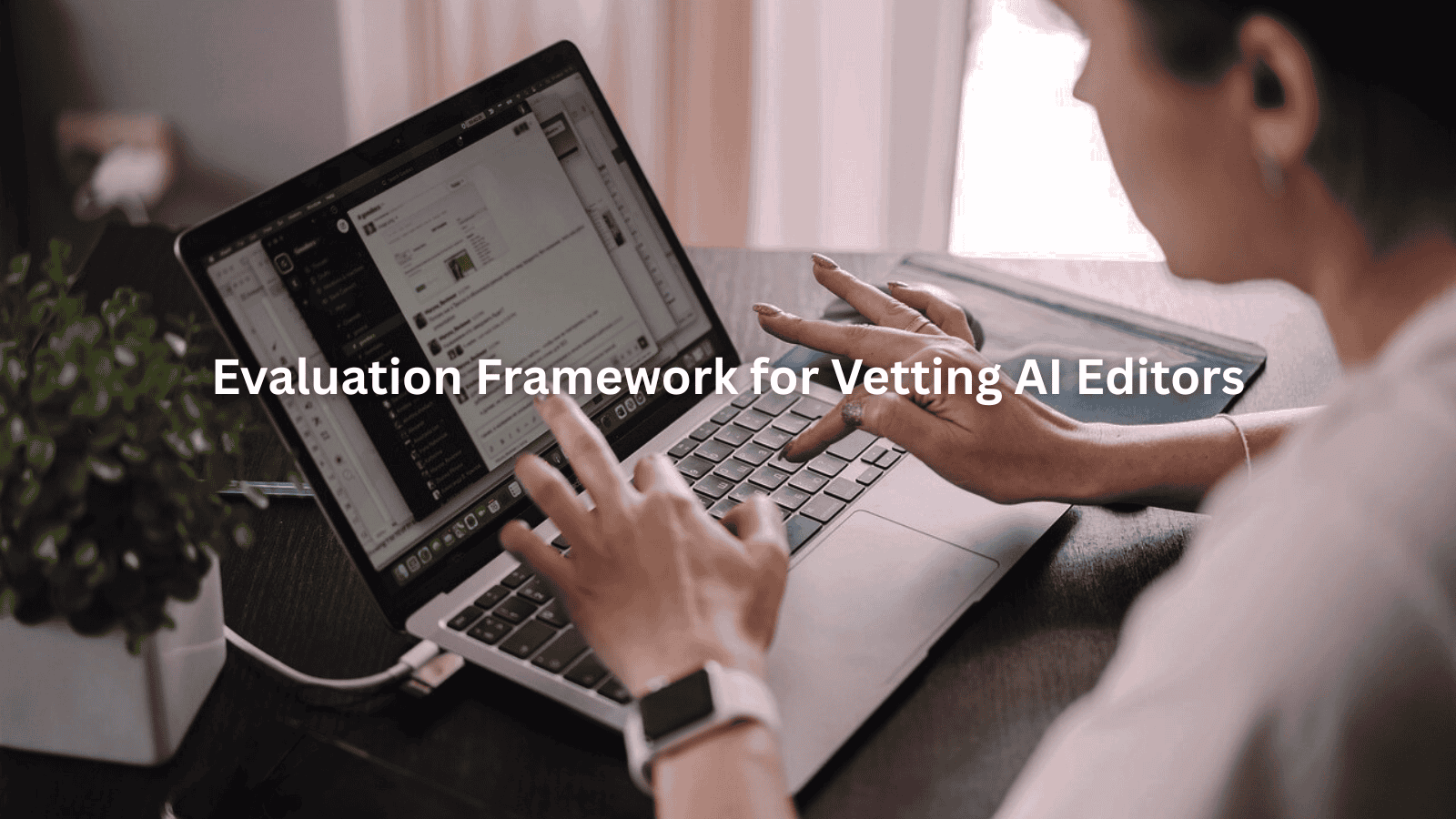
Over the years, we’ve built our own system for vetting human AI editor skills. It’s a mix of structured tasks and gut checks, because editing isn’t just technical, it’s personal. If you want a practical breakdown of how to define your role and find the right fit, check out our guide on Choosing & Hiring a Human AI Content Editor.
Defining Role Requirements and Scope
Before we even post a job, we define what we actually need. Is the editor proofreading, fact-checking, optimizing for SEO, or all three? We break down exactly what “good editing” looks like for each project. This is especially true for agencies using Jet Digital Pro’s white-label solutions, different clients mean different standards.
We want editors who can align with our goals and adapt to changing guidelines. That means being clear about expectations from day one, so both sides know what they’re signing up for.
Practical Skill Assessment
There’s no substitute for seeing someone in action. We give candidates sample editing tasks, real AI-generated content with a mix of easy fixes and tricky problems. Sometimes we include a fact that’s slightly wrong, or a sentence that almost makes sense. We want to see who just polishes the surface, and who digs deeper.
Tool proficiency is part of this too. Editors need to show they can use AI tools efficiently, finding errors, suggesting improvements, and not getting tripped up by machine quirks. We ask them to walk us through their process step-by-step.
Behavioral and Situational Interviewing
We’ve found that the best way to gauge judgment is through stories. We ask candidates about past experiences: How did they handle a tough ethical call? What’s the trickiest bias they’ve caught? How do they fix hallucinations in AI-generated text?
Then we throw out scenarios. “Say the AI produces something that sounds plausible but isn’t true, what do you do?” We want thoughtful answers, not canned responses.
Portfolio and Reference Analysis
A strong portfolio says more than any test. We look for samples of AI-assisted editing, articles, blogs, technical docs, anything that shows their range. We ask references about reliability, collaboration, and adaptability. Did the editor take feedback well? Could they handle tight turnarounds?
Many of our best editors came recommended by past clients who praised not just their technical chops, but their ability to work with writers, developers, and clients in the trenches.
Performance Metrics and Quality Assurance
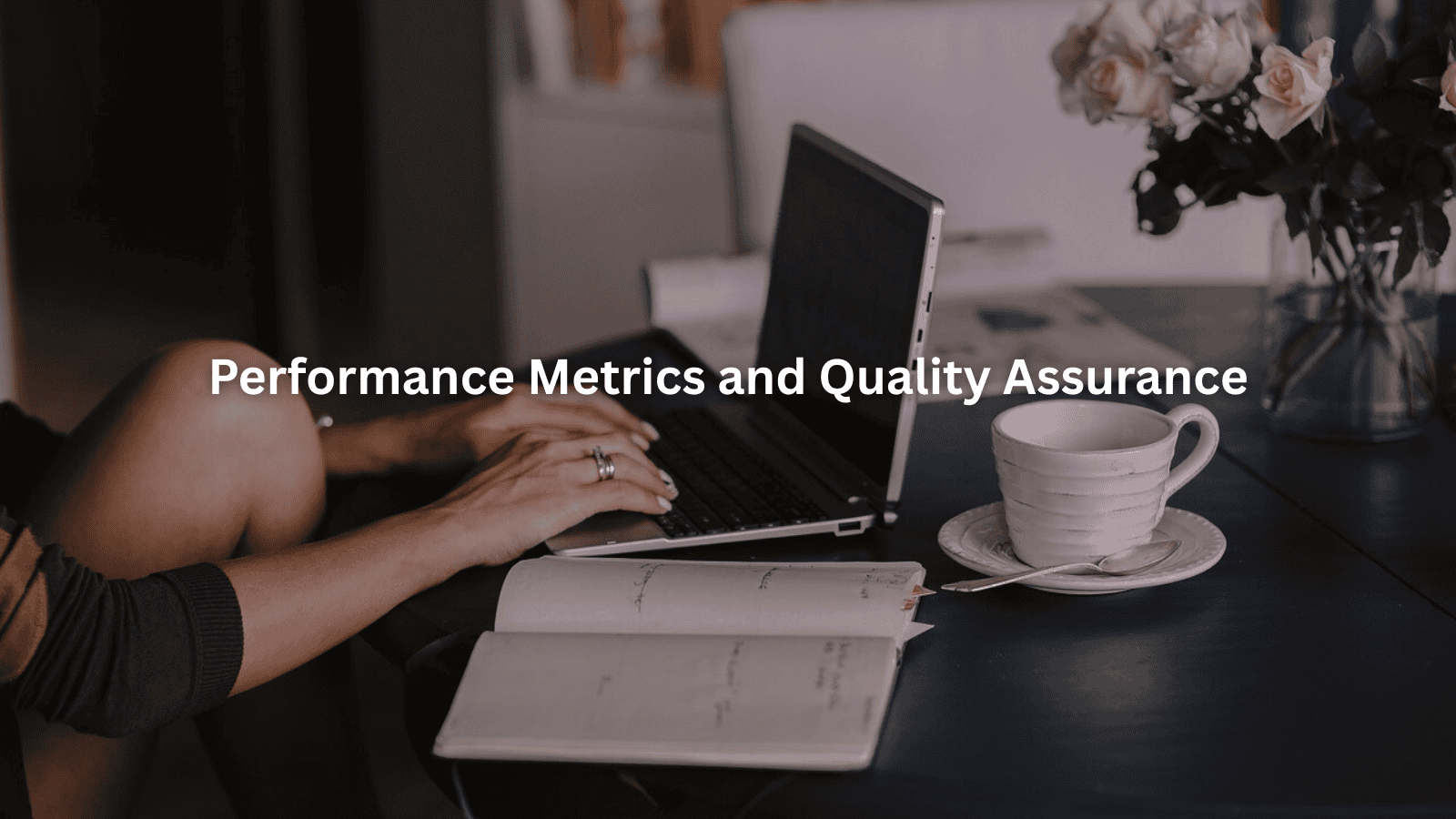
We’ve learned (sometimes the hard way) that you can’t just trust your gut on quality. You need systems, clear metrics, regular checks, and honest feedback. For agencies or brands that need reliable help, we offer some of the best human AI editing services to keep content sharp and trustworthy.
Content Accuracy and Consistency
First, we verify facts, logic, and style. Every piece goes through a checklist:
- Does it match the brief?
- Are there any factual errors?
- Is the tone consistent throughout?
Editors compare AI outputs against our editorial standards, which means looking for both obvious mistakes and subtle inconsistencies. If something feels off, we ask questions until we find the answer.
Speed and Efficiency in Workflow
AI can churn out content fast, but editors need to keep up without letting quality slip. We measure editing speed, but never at the expense of accuracy. Tight deadlines are common, especially when agencies use our scalable solutions.
We track how editors manage workload, prioritize tricky edits, and collaborate with the AI to hit delivery targets. Editors who can streamline workflows, using keyboard shortcuts, batch reviewing, or setting up templates, tend to excel.
Ethical Compliance and Bias Mitigation
Every editor on our team follows a set of ethical guidelines. We look for:
- Fairness in representation,
- Clear disclosure when content is AI-generated,
- Active monitoring for bias, discrimination, or unsafe advice.
Editors flag anything that feels off, then work with others to decide what to change. This isn’t just about box-ticking, it’s about protecting our clients and readers.
Communication and Collaboration Effectiveness
Editing is rarely solo work. We check how editors communicate, are they clear in feedback? Do they handle pushback well? Can they explain technical issues to non-technical teammates?
We’ve seen projects fall apart when editors work in isolation. The best ones share updates, ask questions, and help writers improve, not just fix their mistakes.
Continuous Development and Best Practices
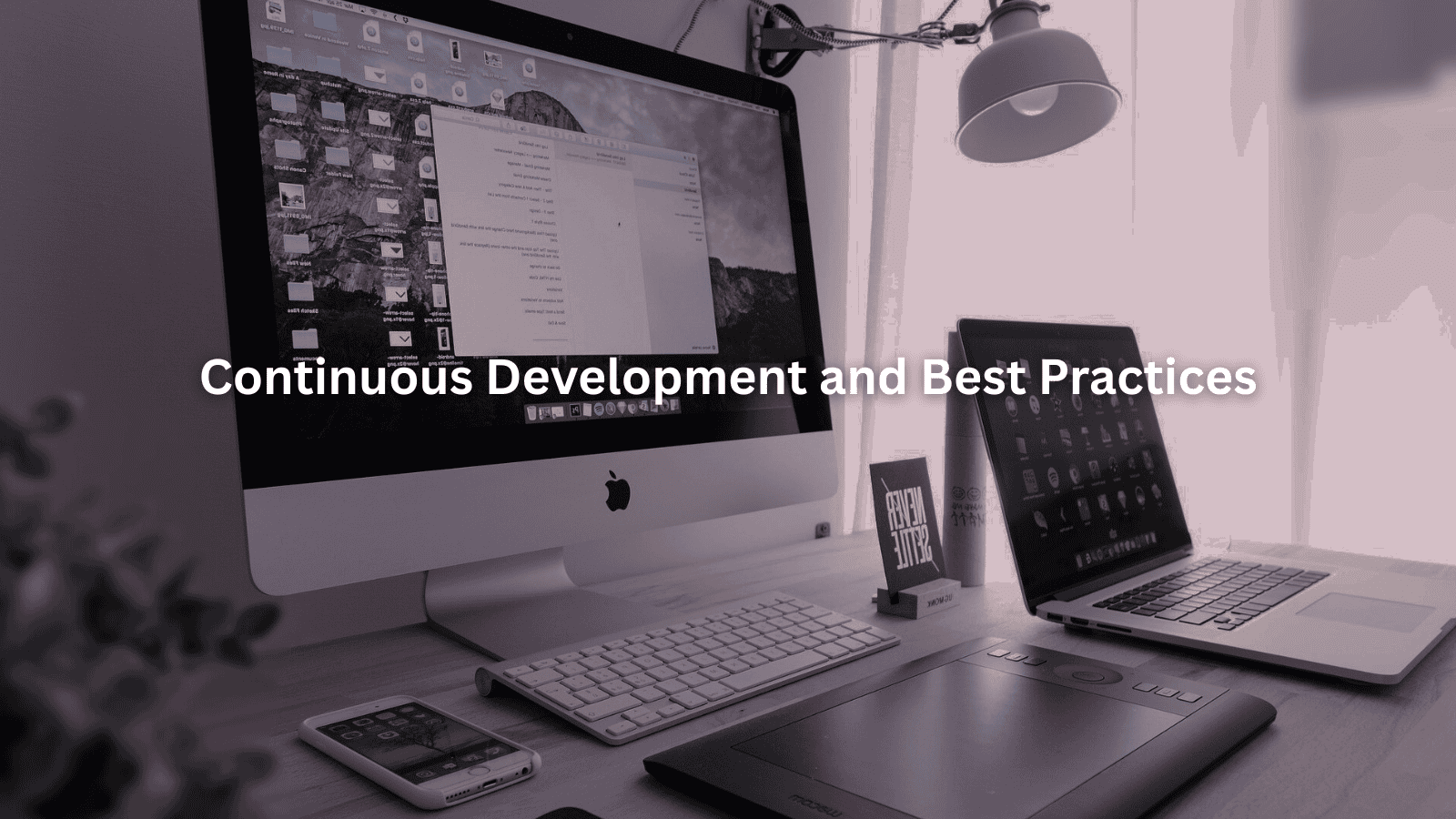
No editor is ever “done” learning, especially in AI-assisted editing, where tools and standards change every few months.
Ongoing Training and Skill Enhancement
We encourage our editors to join workshops, webinars, or peer groups focused on AI advancements. We also host internal sessions to share lessons learned from recent projects. Editors who stay curious pick up new tools faster and spot trends before others do.
Are You a Digital Agency?
White Label SEO Content Services for Agencies
Scalable, customizable, and results-driven content solutions for your clients.
We also keep a list of resources, style guides, recent research, new tool updates, so editors can stay sharp.
Feedback Integration and Process Refinement
We run regular performance reviews, but we also keep open feedback loops. Editors can suggest changes to workflows, flag problems, or share tips. Sometimes the best improvements come from a casual Slack message, not a formal meeting.
Data matters too. We track editing outcomes, error rates, client satisfaction, delivery times, and adjust our processes when we see patterns.
Ethical Oversight and Data Privacy
Ethics are never static. Regulations change, public expectations shift, and new risks appear. We review our editorial policies regularly, making sure we’re meeting current standards for privacy and transparency.
Editors are trained on data privacy in editing, what to redact, how to handle sensitive info, and when to escalate concerns. We want every decision to be defensible if audited.
Enhancing Content Creativity and Engagement
AI can structure and summarize, but it can’t always make content feel alive. Human editors inject creativity, anecdotes, humor, sharp turns of phrase. They adjust tone and style to fit the audience, making sure every piece feels relevant and personal. [ 2 ]
Inclusivity matters too. We ask editors to check for diverse representation, respectful language, and accessibility. Content should feel welcoming, not exclusive.
We’ve built Jet Digital Pro around these principles, not just because they sound good, but because they work. Our approach to vetting human AI editor skills is practical, tested, and always evolving. If you care about accuracy, tone, and trust in your content, this is where you start.
If you want to see how our white-label SEO content solutions can fit your agency’s needs, reach out. We’ll show you what rigorous editing can do.
FAQ
How do you test an editor’s ability to catch context errors that AI often misses?
Need a Strategic SEO Content Partner?
Let’s craft SEO content that ranks, converts, and grows your brand.
Talk to UsWe give editors sample texts filled with subtle context mistakes, things like cultural references, sarcasm, or humor that AI usually fumbles. Then, we ask them to explain what feels off and how they’d fix it. Their answers show if they really understand language beyond surface-level grammar, which is crucial for editing AI-generated content that often misses these details.
What kinds of ethical scenarios do you use to assess AI editors during interviews?
We use examples like identifying biased language, handling sensitive topics, or managing AI hallucinations that sound believable but aren’t true. Editors must explain what they’d do step by step. We want to see if they can balance fairness, accuracy, and reader trust, not just follow a checklist. Their decision-making process tells us a lot about their editorial judgment.
How do you measure collaboration skills between editors and the technical team?
We look for editors who can clearly explain editing decisions and ask smart questions when something’s unclear. During tests, we simulate situations where they have to work with developers or content strategists. Editors who communicate well and don’t get defensive about feedback fit better into teams where both people and AI tools interact daily.
What’s your process for checking an editor’s speed without lowering quality?
We set up timed editing tasks using real AI-generated drafts. Editors work under a deadline, but we also check their work closely for errors and improvements. If someone moves fast but misses key mistakes, that’s a red flag. We’d rather see steady, thoughtful editing than rushed work, especially when accuracy and nuance matter.
How do you make sure editors keep up with new AI tools and editorial standards?
We encourage ongoing training and have regular check-ins about new tool features or updates in our workflow. Editors are asked to share what they’ve learned and test new processes with the team. This helps us see who’s naturally curious and willing to adapt, which is important because AI and editing standards don’t stand still for long.
Conclusion
In our experience, vetting human AI editor skills means prioritizing sharp language sense, tool fluency, and sound judgment. These aren’t just checkboxes—they’re what keep content clear, honest, and impactful. At Jet Digital Pro, we know a strong editor doesn’t just fix errors—they refine every sentence to meet the highest standards. If your agency needs content that passes scrutiny and delivers results, partnering with skilled editors is essential.
See how we can support your agency → Contact Us
References
- https://www.britannica.com/procon/artificial-intelligence-AI-debate
- https://mitsloan.mit.edu/ideas-made-to-matter/when-humans-and-ai-work-best-together-and-when-each-better-alone
Related Articles
- https://jetdigitalpro.com/choosing-hiring-a-human-ai-content-editor/
- https://jetdigitalpro.com/best-human-ai-editing-services/
- https://jetdigitalpro.com/how-to-find-a-human-ai-editor/
P.S – Whenever you’re ready,
we’re here to help elevate your SEO content.
Partner with us for strategic, scalable content that drives real organic growth.
Contact Us Now
